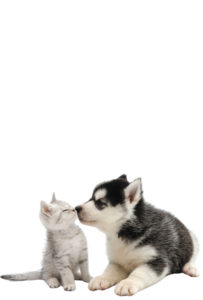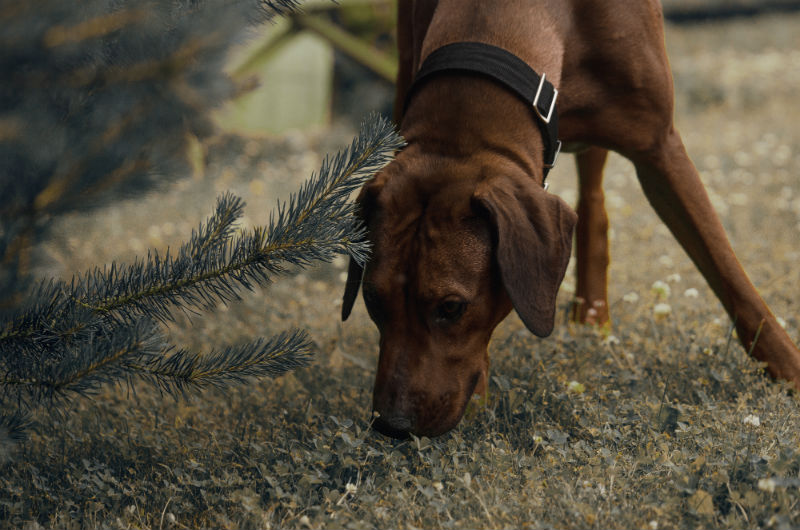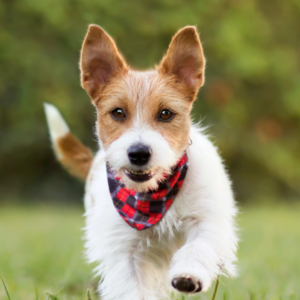Have you ever just wondered what your dog is smelling? Do you come home from work and your dog has to sniff your pants before you can make it to the door? This is a daily ritual in my house. I have to think that there are a lot of fun and interesting smells in my pants after a full day at the clinic. We go for a walk and have to stop every few feet for her to investigate the tree trunk, the hydro pole, the garbage can, or the fire hydrant. The short little five-minute walk becomes half an hour, and we’ve only gone 10 feet. I’d like to think she is checking the mail, sniffing to see what messages have been left behind by the previous dog walking by.
A little bit of research on the power of a dog’s nose reveals that they have on average about 220 million scent receptors to our measly 5 million. If you have a bloodhound, they have a powerful nose; with over 300 million scent receptors. This is why we use dogs to find people that are lost or to search airports and border crossings for contraband. There are even some trained to find bed bugs! I was very interested in this, so I signed my unsuspecting dog up for scent classes. At this point, he has become more adept at finding treats but is not a particularly fast learner. I don’t have much hope that he will be able to find bed bugs. There are certain breeds that are more adept at scent tracking; bloodhounds, basset hounds, beagles and coonhounds. According to the American Kennel Club, we can also add Labrador Retrievers, German Shepherds, Belgian Malinois, Dachshunds and Golden Retrievers to the list as well. It takes a lot of training to take these breeds and make them into the search and rescue dogs we hear about today that find people buried under a foot of snow after an avalanche.
So what is it that they smell?? What makes up a scent? The scent is small pieces of skin cells, hygiene products, fungus, parasites, sweat, hormones, and enzymes that are shed from a person or an object. These small particles are carried along with air currents that dogs pick up, or are deposited on the ground. Bloodhounds and basset hounds have very long ears; these are to help them smell better. Sounds weird that something they use to hear sound also helps them to smell. The ears touch the ground and disturb the scent particles and funnel them towards the dog’s nose. It is the same with the saliva that drips from their jowls. It also helps to catch these scent particles and bring them to the nose’s attention. It is also interesting to note that all of the breeds with the best scenting abilities have longer noses; the brachycephalic breeds (with the short noses) don’t have as good a sense of smell.
So the next time a dog comes up to you and sniffs, that’s their way of saying hello. We are much more sophisticated in that we shake hands and look each other in the eyes first. Then again, we don’t smell as much as our dogs and are missing most of the information they get from that one quick sniff.
Written by Jacqui Davis, RVT




